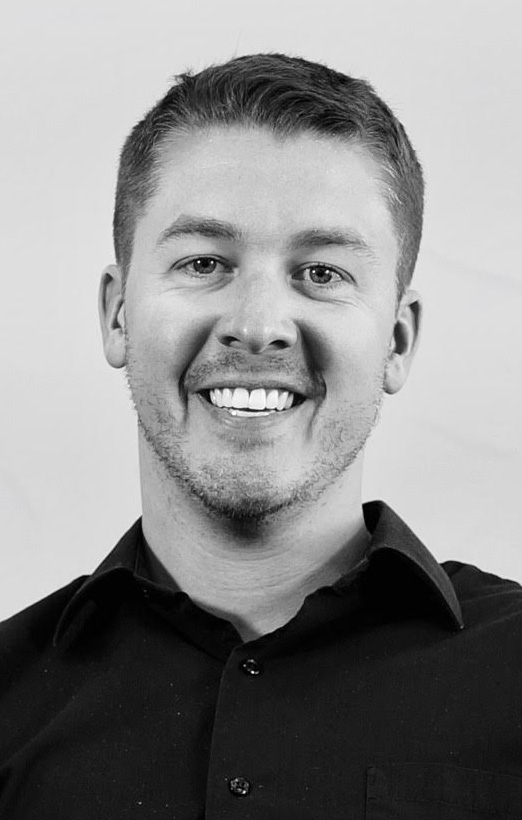By Justin L. Manning, OD, MPH, FAAO
Oct. 21, 2020

Turning around your patient experience doesn’t need to wait for the ideal economy, or any other ideal set of circumstances. As challenging as 2020 has been, you can still work toward improving the experience patients have in your office. Here are keys to powering changes that will result in better patient service and greater revenues.
Define Your Vision
If you could have your dream practice, what would it look like? Can you clearly define what your patient experience should look like? Would it be patients waiting for no more than a few minutes for their appointments to begin? Would it entail a seamless experience in which all paperwork is done ahead of time online, with the doctor and opticians ready to educate patients on exactly what each needs in care and eyewear? Would it consistently result in a 5-star review?
Now, observe what the reality of your current patient experience is. How long do patients typically wait after arriving to start their appointments? Is the doctor and team ready ahead of time for their arrival, having key background information on the patient at their fingertips from past visits or lifestyle questionnaires? And are they ready to listen to build in real time on that recorded information? What feedback do you receive from patients?
Those are just some of the key questions that will allow you to begin to bridge the gap between where you want to go and where you are.
Watch & Listen
How are patients greeted when they walk through the door, and do your team members almost race to greet the patient? If the patient is greeted, is it a warm, welcoming tone that conveys they are the most important priority, or a tone that expresses irritation for being bothered?
Watch how patients move through your office, including where there are bottlenecks, or unnecessary waiting, and where the experience flounders, such as at the check-in and check-out desk, or in the optical, with patients roaming unattended. It’s important to do this observation over the course of multiple days and for multiple patients. Your team should be able to consistently deliver the kind of experience patients will want to return to and refer others to experience to each patient, every time. Watch for where that experience breaks down.
Listen to how each team member speaks to and interacts with patients. Do they talk about the benefits versus the technical features of the products you prescribe and they sell? For your team to be able to do that, you need to provide training that allows them to practice talking about the visual, comfort and eye health advantages of your products. For example, for computer glasses: “We have all been spending more time than ever on electronic devices during the pandemic. You mentioned to the doctor that your eyes feel dry and tired at the end of the day. There are glasses available that are especially designed to relieve that strain while protecting your eyes from harmful blue light.”
Another key is making sure staff is not under-educating and under-selling patients. Listen for conversations that begin with, “This is what your insurance covers.” Instead, those conversations should begin with, “These are the products the doctor has prescribed, which he [or she] feels will most benefit you.”
Improve Efficiency
If your back-end processes are not efficient, your team will be tied up doing administrative tasks instead of giving their full attention to serving patients. Analyze your processes for glasses and contact lens ordering. Where can steps be removed, so the service happens in more of a direct-to-patient approach than an approach that puts additional pressure on your staff. For example, there are contact lens ordering and delivery services, such as MARLO, YourLens.com, LensFerry and Dr. Contact Lens that enable fulfillment and delivery of contact lenses that remove the step of your office calling the patient and facilitating purchasing transactions.
Other Articles to Explore
Prioritize Needed Changes & Set SMART Goals for Making Needed Improvements
You won’t be able to address all of the needed improvements at one time, so prioritize the ones that most directly impact the patient experience and profitability, such as eliminating the patient bottlenecks, or delays in patient flow, that limit doctor productivity and frustrate patients.
Once you pinpoint what needs to be fixed first, set SMART, or Specific, Measurable, Achievable, Relevant and Time-bound, goals. Some problems in the practice will be fixed quickly, such as by signing on with a contact lens fulfillment and delivery service, while others, like opticians who aren’t having the right conversations with patients, will require training. By setting SMART goals and tracking them, you will be able to create an actionable plan to accomplish each needed improvement.
Set Your Budget
Calculate how much you can afford to allocate from your practice budget to each action that needs to be taken to reach your goals. Those actions can range from paying for a new service, such as an outsourced billing and claims provider, to purchasing an additional piece of pre-testing equipment. Project the return on investment for each new expense, specifying exactly how the purchase will improve the efficiency and the patient experience, or otherwise lead to greater profitability.
Engage Your Team
Change is a team sport, and you must lead your team effectively to achieve the SMART goals you set. None of those goals, and the investments you make toward those goals, will work without the buy-in from your staff. Explain to your team how a new service or purchase for the office will improve the care of patients and the experience they have in your office, benefiting both patients and the practice. Rather than micromanaging, empower team members to help you track your progress. Each team member could be made responsible for tracking and improving a specific metric related to your goals. As you track and assess progress, be ready to reiterate and make changes to continuously improve your patient experience.
When you are focusing on the most powerful ways to improve your patient experience, and your team is in alignment with your leadership, you are able to succeed in serving patients better, resulting in better health outcomes and greater profitability
 Justin L. Manning, OD, MPH, FAAO, is executive vice-president for professional strategies at Healthy Eyes Advantage. To contact him: JManningOD@hea2020.com
Justin L. Manning, OD, MPH, FAAO, is executive vice-president for professional strategies at Healthy Eyes Advantage. To contact him: JManningOD@hea2020.com





















